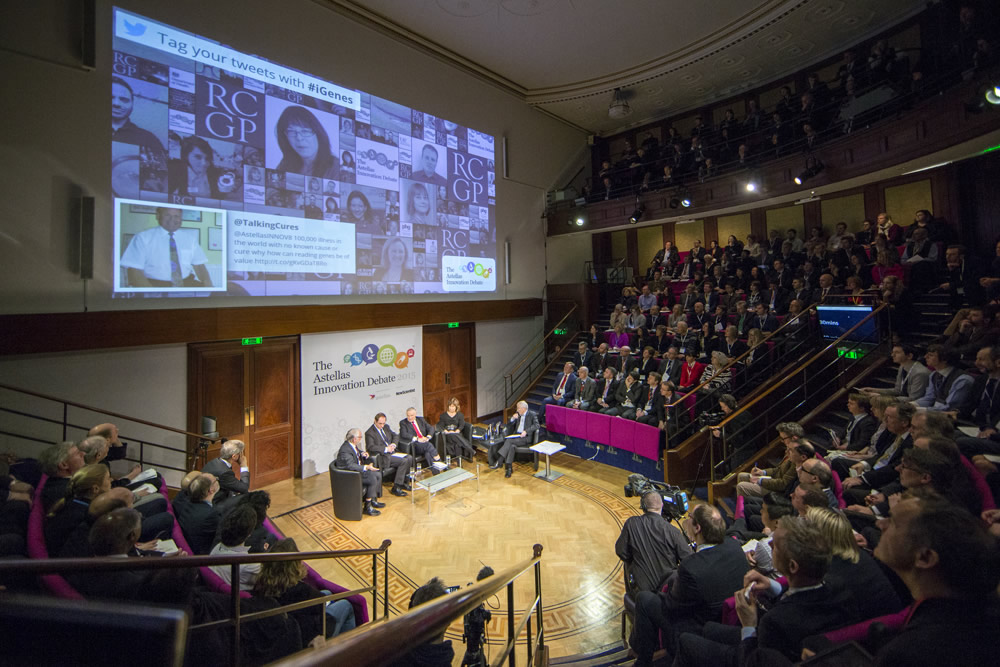Senso Communications wins “best live event” at the CorpComms Awards 2015 for the Astellas Innovation Debate 2015
“The judges loved the creative approach. This was a campaign that exceeded its initial objectives, and has placed Astellas centre-stage in the innovation debate.”
Best live event – external
by CorpComms on 25/11/2015 00:35:00 in CorpComms Online

The Innovation Debate, Astellas,
Agencies: Senso Communications, MWA, Verri
Astellas is a Japanese pharmaceutical company that harnesses cutting-edge technology in the search for new medicines. However, it has found that its progress in establishing a corporate profile with healthcare stakeholders in the UK has been hindered by the tendency for life science news to be dominated by home-grown giants.
The Astellas Innovation Debate was the company’s attempt to redress the balance. It first undertook extensive research into the latest innovation trends in genetic testing, for example asking the questions Do you want to know what you’ll die from?, Which diseases will you get?, What if there is no cure? It also looked at mobile technology, and posited questions about the future of healthcare in a world where smartphones have the ability to monitor our vital signs.
To ensure the content was as vibrant and engaging as possible, Astellas concept-tested ideas with stakeholders. It partnered with New Scientist to drive traffic to the event’s website, which contained information about the debate, social media and webcast streaming, and paid for online advertising to reach doctors and scientists.
The Astellas Innovation Debate i-Genes: What the DNA and data revolutions mean for our health was held in January 2015 at London’s Royal Institution and was attended by more than 400 key stakeholders, including representatives from the NHS, Wellcome Trust, Royal College of Surgeons and Cancer Research UK. UK Life Sciences Minister George Freeman gave the keynote address, while veteran broadcaster Jonathan Dimbleby chaired a panel, featuring pioneers in the world of genetics and smart technology. The event was streamed live via online platforms.
Nine in ten audience members described The Astellas Innovation Debate as ‘excellent’. Prior research conducted with consumers, doctors and business leaders created news angles for multi-media outreach, while social media was underpinned by video content, including mini documentaries. Links with healthcare organisations and a TweetBeam, which visualises real-time tweets and Instagram posts, generated a buzz on Twitter. The event’s hashtag #iGenes trended on Twitter, as more than 1,750 tweets were sent during the debate.
The Astellas Innovation Debate featured in more than 120 items of media coverage, including articles in The Times, Sunday Telegraph and the British Medical Journal, as well as broadcasts on BBC Radio 4, Heart and Magic. All the coverage boosted the profile of Astellas, and highlighted its strengths in innovation. More than 4,300 people watched the debate live online, while 15,500 watched on-demand. Almost 108,000 people watched the online documentaries.
As a result of the high-impact event and the use of different channels to reach multiple audiences, Astellas was able to engage on a one-to-one basis with key stakeholders.
The judges loved the creative approach. This was a campaign that exceeded its initial objectives, and has placed Astellas centre-stage in the innovation debate.
For further information about the CorpComms Awards click here
Other awards:








